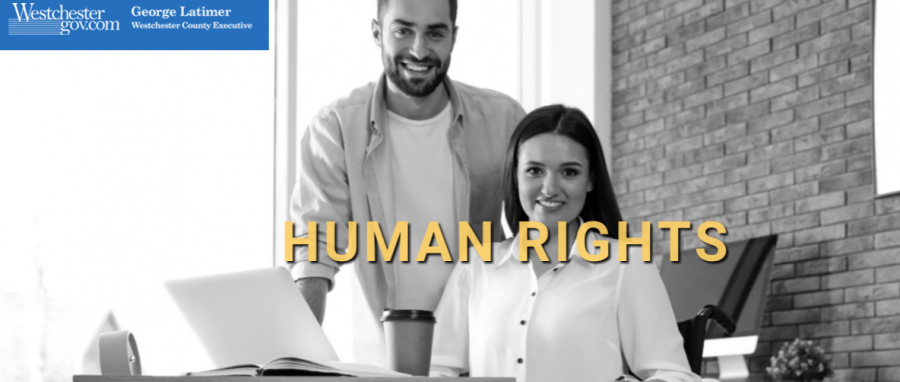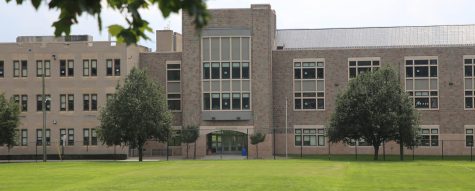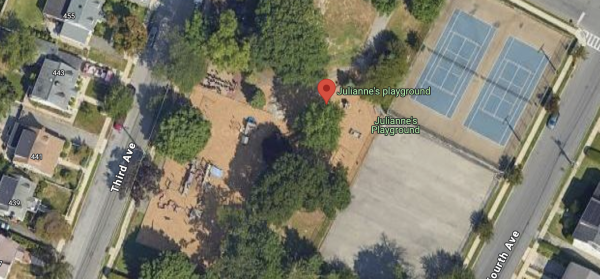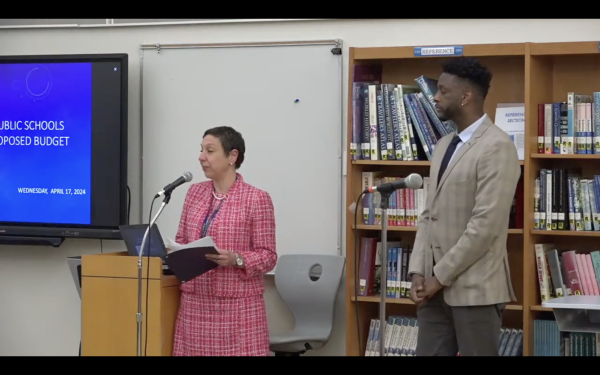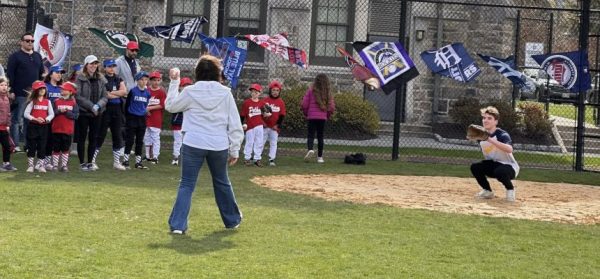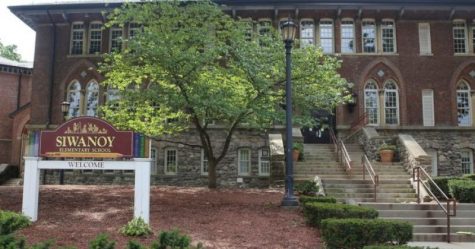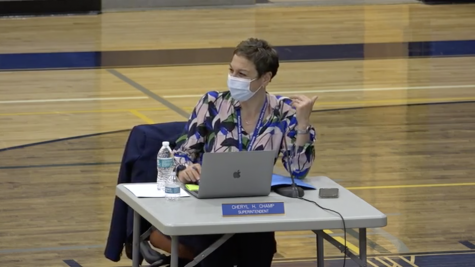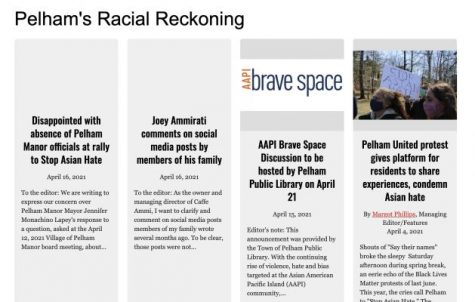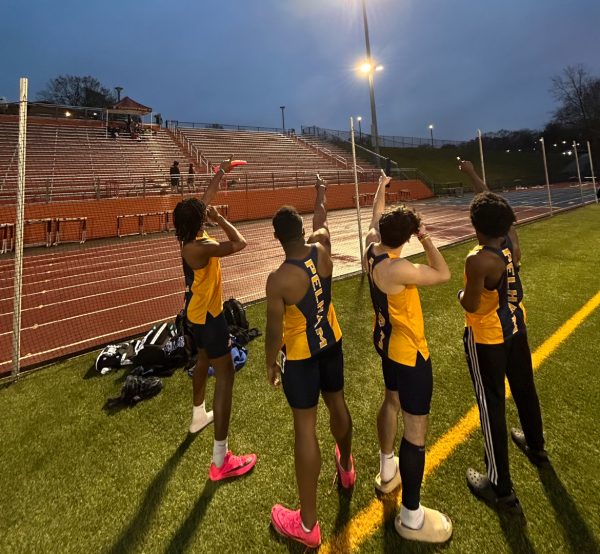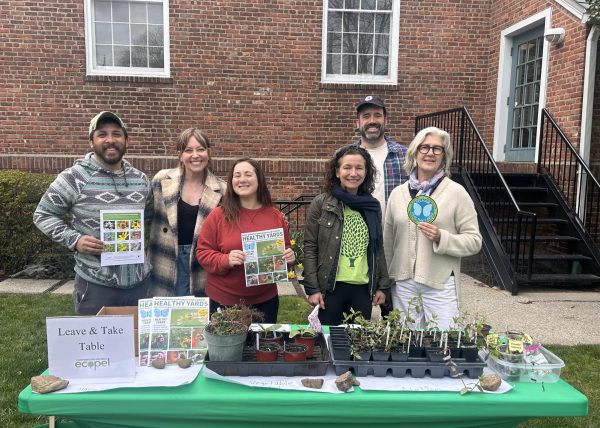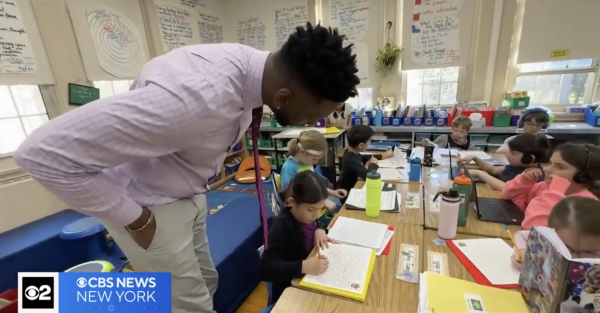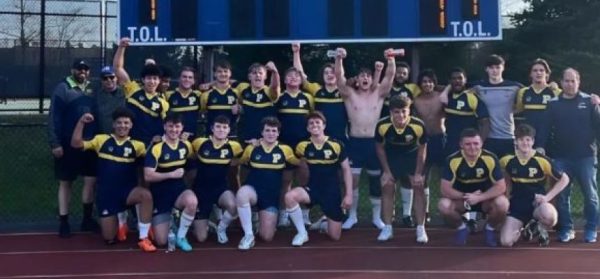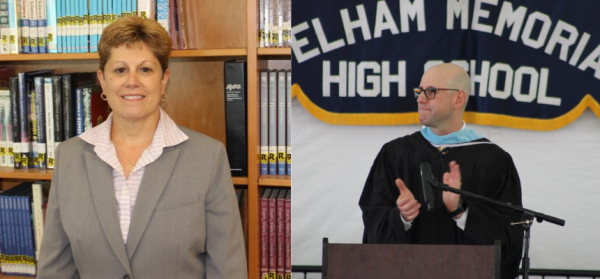Panelists at County Human Rights Commission event highlight anti-Black racism they’ve faced
In the first of what will be several discussions on the impacts of discrimination in its many forms, the Westchester County Human Rights Commission invited four panelists to share their experiences as Black Americans, as well as their policy goals for the community in the future. Introduced by executive director Tejash Sanchala the commission, now in its twentieth year, addresses claims of discrimination and works to educate community members through outreach initiatives in the county.
The event centered around each of the panelists’ unique perspectives and their messages to the community on how to combat racism. While this panel focused specifically on anti-Black racism, future events will address discrimination against various groups. County Executive George Latimer provided an opening statement, noting that “almost every discussion is irrelevant if we don’t follow up with a path forward.”
Each of the panelists shared what being Black in America meant to them, how their experiences inspired them to advocate for governmental change, and the steps they felt were necessary in order for Westchester to “build a path forward.”
New York State Senate Majority Leader Andrea Stewart-Cousins served as a chief advocate for the Westchester Human Rights Law twenty years ago, and said that her own experiences led her to understand the necessity for the commission. “My parents didn’t spend a lot of time explaining to me I was Black,” she said, “society had a great role in explaining and defining for me what I could and couldn’t do.” After moving to Yonkers as an adult in the 1980s, the housing segregation and anti-Black discrimination that she witnessed inspired her to work to utilize the “power of government to tear down barriers” for the Black community.
Greenburgh Town Board Council member Ken Jones highlighted yet another instance of systemic racism in Westchester: whitewashed American history. Jones went on to share much the African-American history that he didn’t learn in school, including the discrimination and criminalization that Black Americans still face today. Entire communities were expected to pull themselves up “by their bootstraps,” he said, and then punished for being successful, citing riots that ensued against upper-middle class Black Americans in the years between the World Wars.
Civil rights and criminal lawyer Mayo Bartlett noted that even though there were groups of people who managed to climb out of the criminalized poverty status, many were unable to do so due to racism that existed (and still exists) in the workforce. Bartlett’s own father was an accountant, but no high-paying private companies would hire even an educated Black man at the time. “He had fewer opportunities to move up, and fewer networking opportunities, fewer ways for me and my sisters to move forward,” he said. “All of that adds up to money.”
Beyond economic disadvantages, Bartlett said, the current police system continues to disproportionately target Black communities. In a conversation with Bartlett, former NYPD Chief of Police Phillip Banks recalled that when he was a captain, a colleague pointed out that 83% of the NYPD’s checkpoints were in nonwhite neighborhoods. “Well if 83% of the checkpoints are there, who do you expect to stop?” Bartlett said. This type of targeting, he said, feeds into the “systemic intergenerational impact” that consistently puts Black Americans at a disadvantage.
Even in current geography teachings, Mount Vernon Mayor Shawyn Patterson-Howard said, Black people are stereotyped as Africa is reduced to portrayals of jungles and poverty. It is important to learn, she said, that Africa is “much more than UNICEF.” Growing up in Mount Vernon, she remembered “being taught, as young people, how to be white.” She wasn’t taught to truly embrace her “Blackness” until her sophomore year of high school.
Patterson-Howard addressed those seeking to act as allies against anti-Black discrimination, emphasizing the dangers of adopting a “color-blind” philosophy: “You see me, and to ignore that I am a Black woman…then that ignores a part of my dimension of diversity. I want you to see all of who I am.”
Patterson-Howard stated that being an ally is not about uplifting “the perfect Black person” or seeking praise for efforts of activism. “Understand that you’re lending your voice to amplify our voices,” she said, “not to hijack the narrative.”
Stewart-Cousins concluded also by addressing potential allies, recognizing the risk of people getting bored of the issue and urging others not to give up. In order to maintain momentum and enact change, she said, “a sustained interest in justice matters.“
Sophia Leung is a freshman at the University of Pennsylvania with an undecided major in the College of Arts and Sciences. In addition to contributing to...



